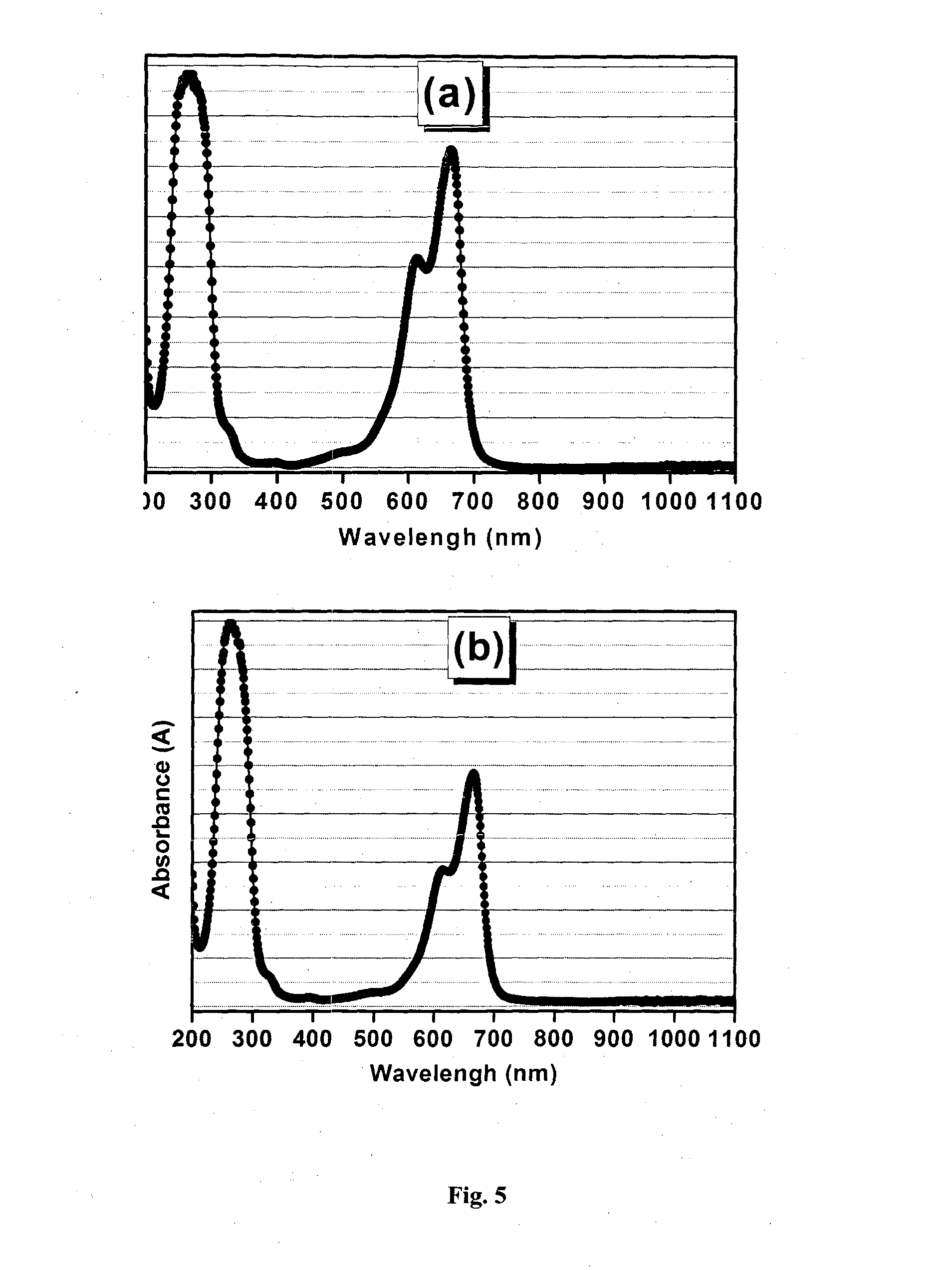Magnetic nanoparticles decorated activated carbon nanocomposites for purification of water
- Summary
- Abstract
- Description
- Claims
- Application Information
AI Technical Summary
Benefits of technology
Problems solved by technology
Method used
Image
Examples
example 1
[0064]Superparamagnetic porous adsorbent based on Polyaniline coated Fe3O4 nanoparticles decorated activated carbon (AC) was synthesized by chemical oxidative polymerization route. In a typical reaction, 0.1 M aniline monomer was mixed with aqueous emulsion of 0.3 M dodecyl benzene sulfonic acid (DBSA) with known amount (aniline:Fe3O4 ratio of 1:3) of predispersed Fe3O4 nanoparticles (procured from Sigma Aldrich, particle size 3O4 nanoparticles was formed that was demulsified using iso-propanol, filtered and dried under vacuum.
[0065]In next step, known amount of powdered PANI coated Fe3O4 nanoparticles (PF) were dispersed in 60 ml of chloroform and mixed with activated charcoal (AC) powder (Merck 17505, MB index of 180 mg / g) so that ratio of PF:AC was ˜1:7.7 by weight. The contents were mechanically shaken for 5 min oven dried at 60° C. for 30 min followed by 120° C. for 2 h. The dried nanocomposites powder with ˜6.5 wt % Fe3O4 display superparamagnetic characteristics with saturati...
example 2
[0066]PF decorated AC nanocomposites (˜8.7 wt % Fe3O4) was prepared by wet mixing method in example 1 by taking PF:AC weight ratio of 1:5. The nanocomposites display magnetization value of 0.9 emu / g, magnetic settling time of 40-50 min and MB / MO dye sorption capacities as mentioned in the Table 1.
example 3
[0067]PF decorated AC nanocomposites (˜26 wt % Fe3O4) was prepared by wet mixing method in example 1 by taking PF:AC weight ratio of 1:1. The nanocomposites display magnetization value of 10.8 emu / g, magnetic settling time of 15 min and MB / MO dye sorption capacities as mentioned in the Table 1.
PUM
| Property | Measurement | Unit |
|---|---|---|
| Temperature | aaaaa | aaaaa |
| Temperature | aaaaa | aaaaa |
| Fraction | aaaaa | aaaaa |
Abstract
Description
Claims
Application Information
 Login to View More
Login to View More - R&D
- Intellectual Property
- Life Sciences
- Materials
- Tech Scout
- Unparalleled Data Quality
- Higher Quality Content
- 60% Fewer Hallucinations
Browse by: Latest US Patents, China's latest patents, Technical Efficacy Thesaurus, Application Domain, Technology Topic, Popular Technical Reports.
© 2025 PatSnap. All rights reserved.Legal|Privacy policy|Modern Slavery Act Transparency Statement|Sitemap|About US| Contact US: help@patsnap.com



